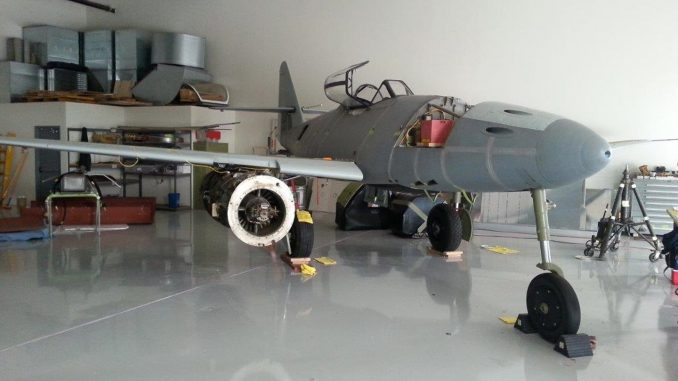
As most readers are well aware, Paul G. Allen’s Flying Heritage & Combat Armor Museum (FHCAM) has one of the finest collections of vintage military aircraft and armament in the world. One of their most significant artifacts is Messerschmitt Me 262 Schwalbe wk.nr.500453, which has been undergoing a long and painstaking restoration over the past decade or so on two different continents. Restoration updates are rare, of course, as the museum usually prefers to keep the details closely held until major milestones are approaching realization. And such is the case for the Me 262. The airframe began its restoration process with JME Aviation Ltd. in the UK back in 2007, and this is where much of the structural repairs to the wings and fuselage took place. When JME Aviation closed its doors in 2010, the project moved to Gosshawk Unlimited in Casa Grande, Arizona, and more latterly to Morgan Aircraft Ltd. in Arlington, Washington State.
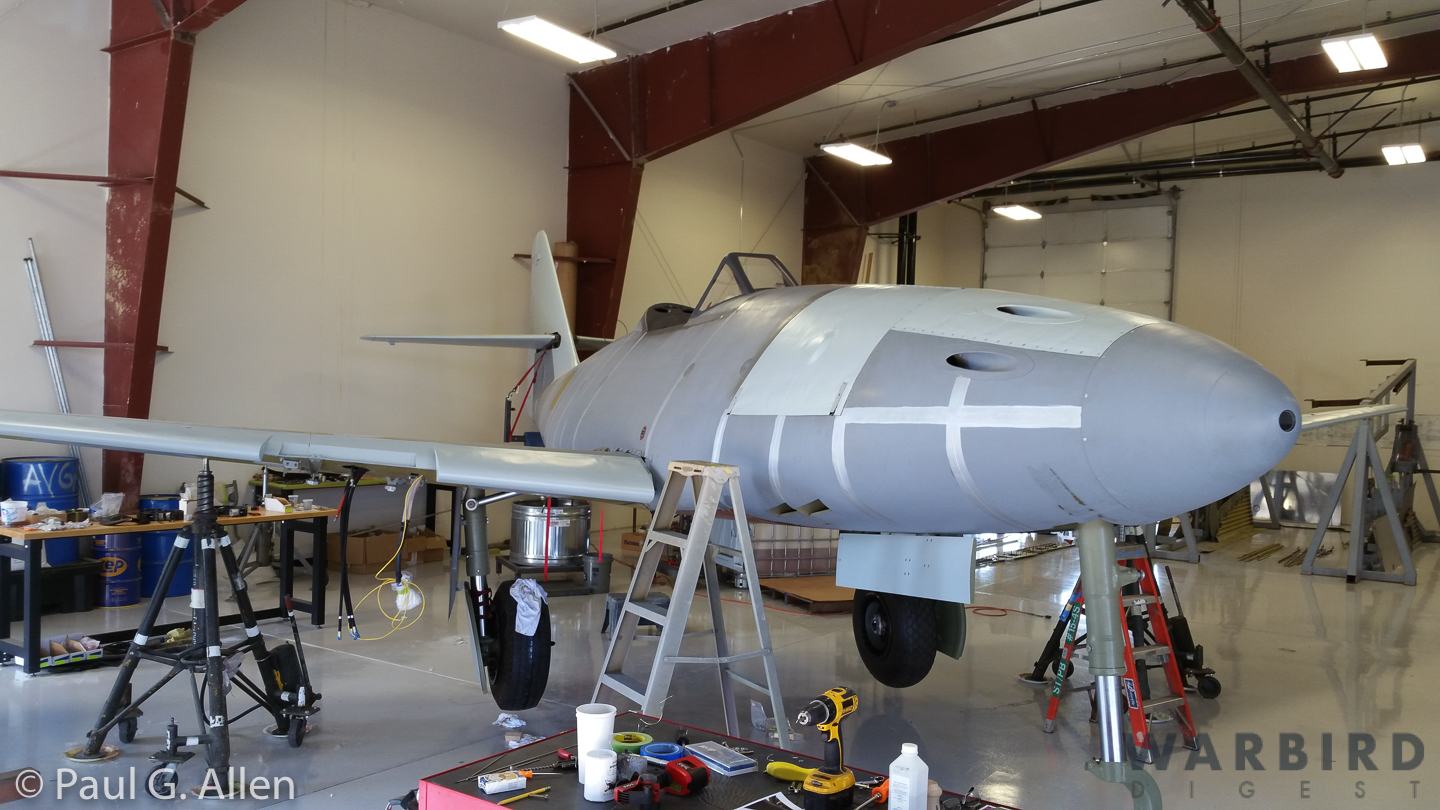
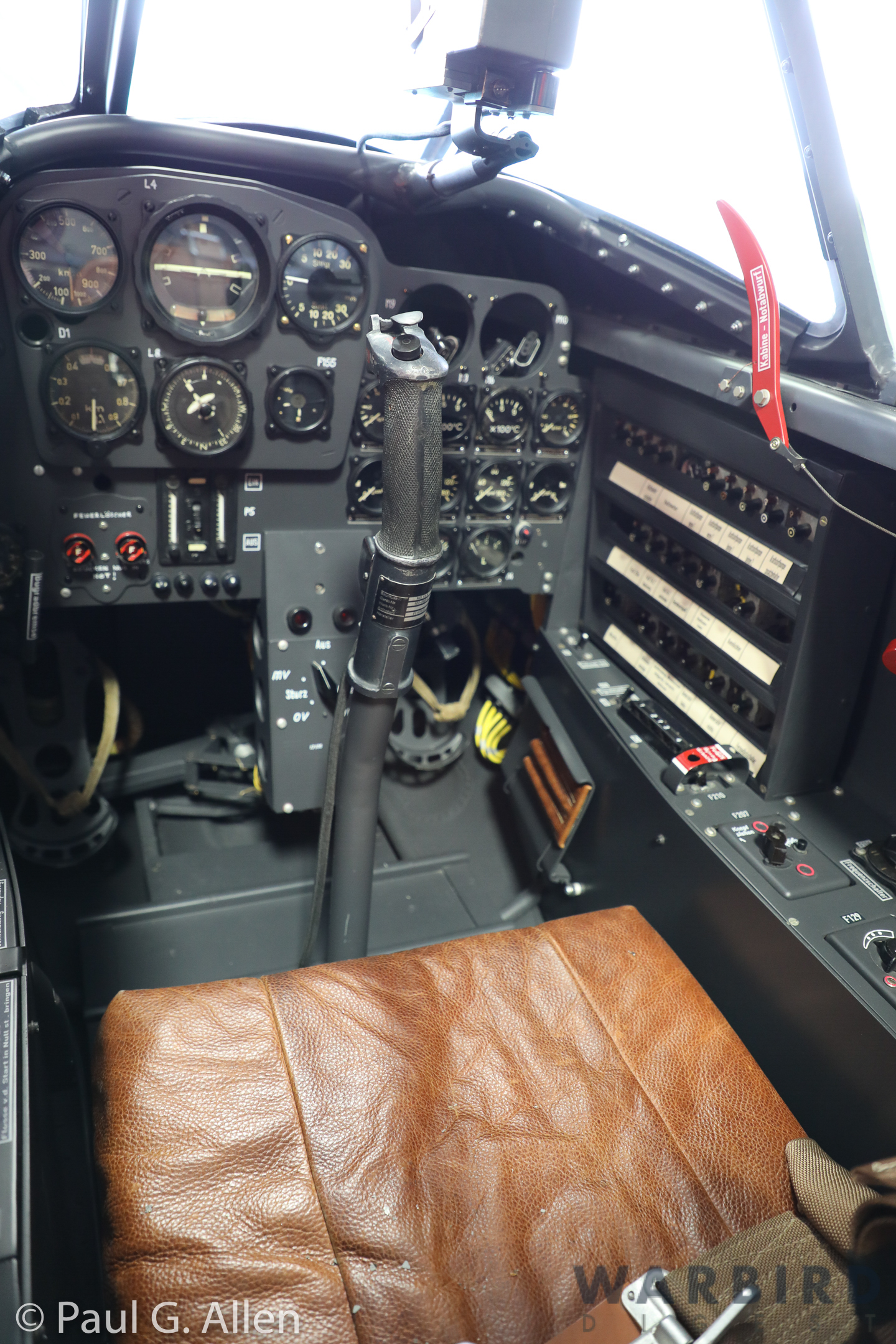
While restoring the 262’s airframe has certainly been a challenge, the project’s achilles heal has always been the ability to source and restore a pair of original Junker Jumo 004B jet engines to power her. We have to remember that the jet engine was in its infancy during WWII. The technology, while advanced for its time, was incredibly crude by modern standards. Added to this, the German supply chain for materials with appropriate metallurgical properties for jet engines was also under immense strain during their manufacture in 1944/45. As a consequence, German jet engines had a very short life span between major overhaul, reportedly just 10 to 25 operational hours, which means rebuildable core engines are exceedingly rare. Restoring and certifying original Jumo 004 engines to airworthy condition is therefore immensely complex, not to mention expensive. But given Paul Allen’s dedication to the project, this hurdle has also been overcome. Aero Turbine in Stockton, California is the company in charge of restoring the Me 262’s Jumos. They ran one for the first time in February, 2015, probably the first time any Jumo 004 variant has generated power since 1951 when Czechoslovakia retired their Avia S-92s (Czech-built Me 262s). The first fully certified Jumo 004B arrived for installation at Morgan Aircraft about two months ago, and it is now mounted to the 262’s starboard wing.
In recent conversations with personnel at FHCAM, we have learned that the second engine is due to arrive by the end of September/beginning of October. Once the engine is installed and checked over, taxi tests will begin. If all goes well, the Me 262’s first flight will take place this winter, and possibly as soon as late December! The legendary Steve Hinton will perform the initial test flight, which will take place over Moses Lake, Washington. In additional news, the Me 262 is now fully painted, although the identity for its livery will not be revealed officially until the aircraft’s debut. Watch this space!
WarbirdsNews/Warbird Digest wishes to thank personnel from FHCAM for making this article possible, especially Cory Graff and Michelle Donoghue.
Richard Mallory Allnutt's aviation passion ignited at the 1974 Farnborough Airshow. Raised in 1970s Britain, he was immersed in WWII aviation lore. Moving to Washington DC, he frequented the Smithsonian’s National Air & Space Museum, meeting aviation legends.
After grad school, Richard worked for Lockheed-Martin but stayed devoted to aviation, volunteering at museums and honing his photography skills. In 2013, he became the founding editor of Warbirds News, now Vintage Aviation News. With around 800 articles written, he focuses on supporting grassroots aviation groups.
Richard values the connections made in the aviation community and is proud to help grow Vintage Aviation News.


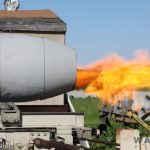
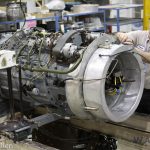
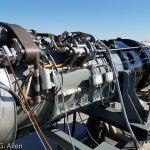
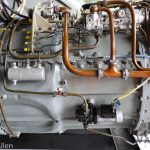
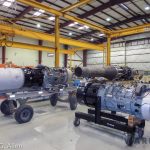
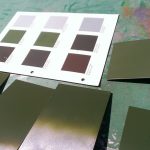
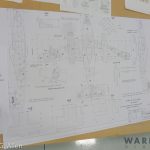
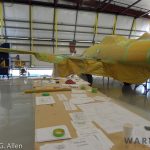

anshelm frantz was a genius. a most beautiful creation. THE grand daddy of every turbine craft. the very fortunate few who watched it take off in 43-44, saw,and must have seen in absolute wonder this amazing achievement. ernest,willy,hugo,anshelm and many others….thank you so much for being there at that point in history so that many of us can read and appreciate the incredible circumstances too which you had to overcome to get this done. A truly incredible accomplishment.